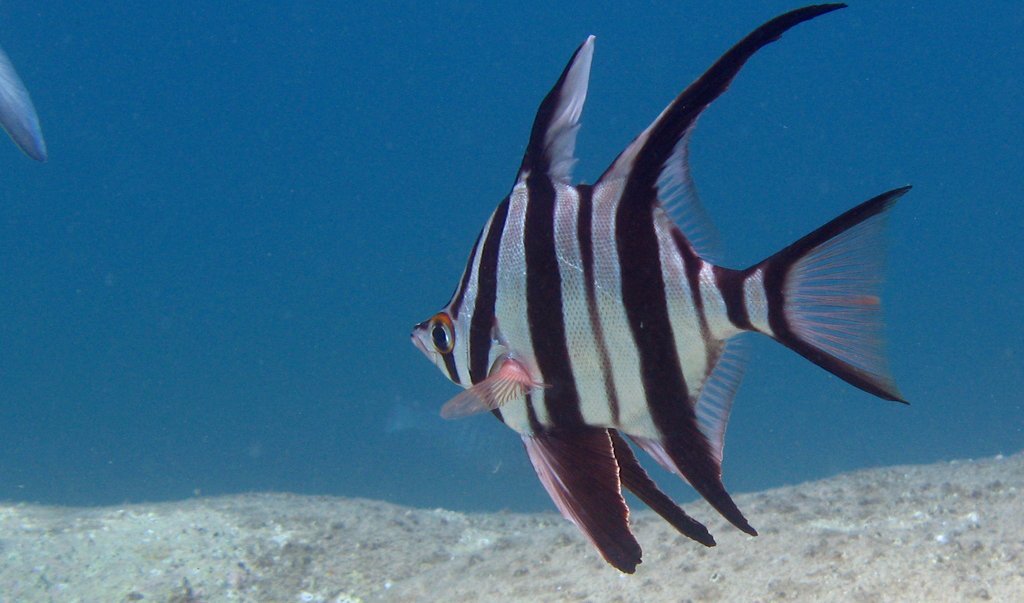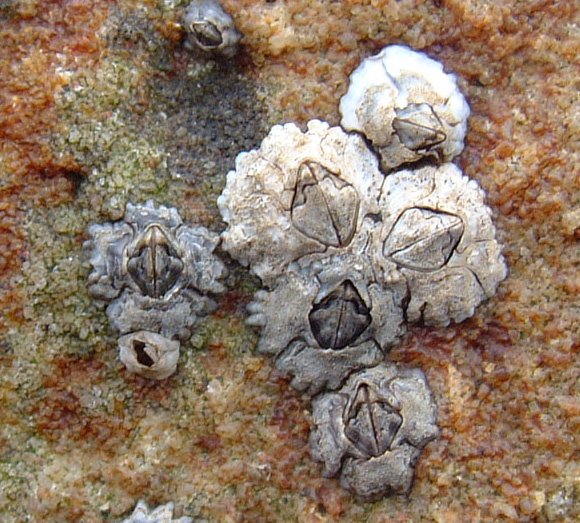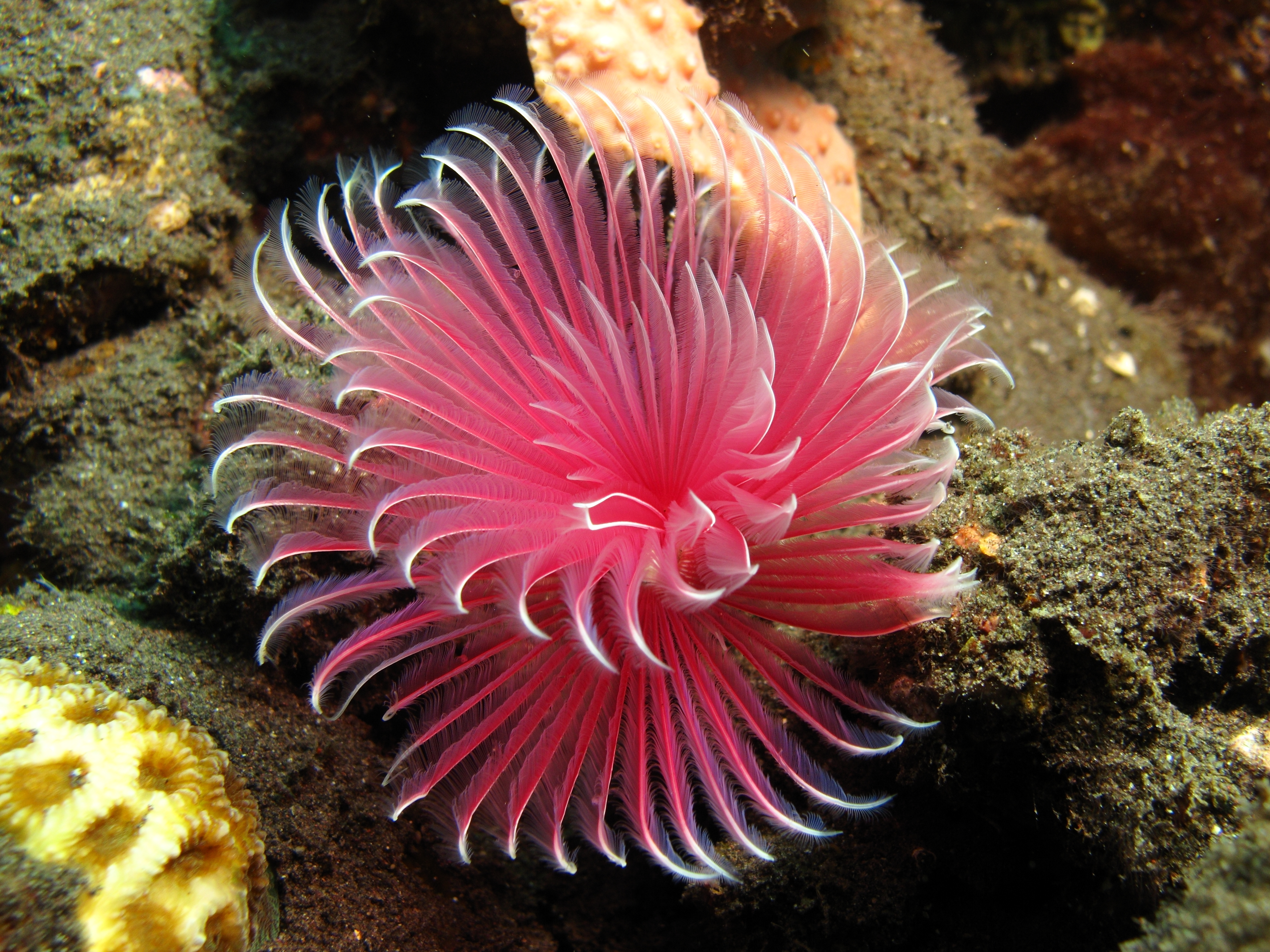What goes on beneath Australia’s iconic jetties?

THESE wooden structures were once vital conduits for cargo transported by sea. Today, most are used primarily for recreation, while beneath the surface, jetty pylons — most made of timber, but some of cement or steel — function as vertical substrates, creating the framework for flourishing communities of marine species.
Here Australasian barnacles can be found clinging to the high-tide marks, their tough shells crammed tightly together as they await the smorgasbord of microscopic plants and animals (phytoplankton and zooplankton), which arrives with the rising tide. Lower down, many other filter-feeders jostle for space.
On the seabed, decorator crabs hunt for the perfect camou-flage. Beside them, biscuit sea stars cruise along, munching on sea squirts, sponges and colonies of bryozoans.
Soft corals anchored to rocky outcrops extend snowflake-like polyps to catch plankton, while vibrant fan worms contract and expand in response to potential dangers.
Fish follow the invertebrate food items; some snack and hide between the sponges, seagrasses and soft corals, while larger predatory species prowl for prey in the open waters around these natural submarine forests.
Illustrated image by Robert Kayganich.
Yellowtail scad Trachurus novaezelandiae
Amateur fishers often catch yellowtails from jetties. These fish are found in huge schools, generally close to shore in coastal bays and estuaries, but also on offshore reefs and islands down to about 500 m. They feed on zooplankton and can often be seen darting about in the water column by divers.
Size: Up to 500 mm

Yellowtail scad Trachurus novaezelandiae. (Image Credit: Richard Ling)
Old wife Enoplosus armatus
When caught, this fish grinds its teeth to make a sound that sailors and fishers claim resembles a grumbling old woman. It occurs in sheltered habitats such as seagrass beds, around jetty pylons or coastal reefs; while often seen alone or in pairs, can also form large schools. The dorsal-fin spines contain venom that can cause severe pain.
Size: 250 mm

Old wife Enoplosus armatus. (Image Credit: Richard Ling)
Decorator crab Cyclocoeloma tuberculata
These masters of disguise disappear into their surroundings by cultivating living anemones and coral polyps on their exoskeletons. They use hooks on their shells to augment their extraordinary camouflage with seaweed and algae.
Size: Up to 40 mm

Decorator crab Cyclocoeloma tuberculata. (Image Credit: Bernard Dupont)
Biscuit sea star Tosia australis
A distinctively bright starfish, often orange-red, the biscuit sea star lives in rocky intertidal zones and in coastal waters to a depth of 40 m. Its upper surface is covered with many interlocking, small plates but it is easily identified by six to eight larger plates along the edge of each of its five sides.
Size: Up to 50 mm

Biscuit sea star Tosia australis. (Image Credit: Shuttershock)
Fouling soft coral Carijoa sp.
These simple animals form erect branching colonies with flexible stems of many white, short, lateral polyps. When extended, these fleshy growths have eight frilly, white tentacles that look like the rays of a snowflake. As for all corals, tiny stinging cells on the tentacles enable the capture of zooplank-ton. Also known as ‘snowflake corals’, they are commonly found on pier pilings and rocks not exposed to direct sunlight.
Size: Variable according to environmental conditions

Fouling soft coral Carijoa sp. (Image Credit: Shuttershock)
Australasian barnacle Elminius modestus
This native species tolerates a wider range of environmental conditions than other common barnacles, includ-ing reduced salinity, turbid waters and low temperatures. It grows rapidly —as much as 6 mm during its first 40 days after settling on a substrate —and reaches reproductive maturity in its first season. Capable of spawning several times a year, it is one of the fastest-reproducing barnacles in Australian waters.
Size: 5-6 mm

Australasian barnacle Elminius modestus (Image Credit: Wikicommons)
Pink/mauve sponge Haliclona nematifera
Although sponges lead a stationary existence, like plants, they are simple animals that lack complex tissues and organs. Their larvae are tiny free-swimming components of zooplankton. But after settling out of the water column onto hard substrates, such as rocks or jetty pylons, most sponges remain anchored to the same spot.
Size: Variable depending on environmental conditions

Pink/mauve sponge Haliclona nematifera (Image Credit: Ahmed Abdul Rahman
Bluebell seaquirt Clavelina moluccensis
These sea squirts are cylindrical animals that live attached to rubble, dead coral or jetty pylons, in colonies up to 120 mm wide. They are semi-transparent and range in colour from light to medium blue, with a characteristic pattern of spots and patches.
Size: Individual squirts are 5-25 mm

Bluebell seaquirt Clavelina moluccensis (Image Credit: Nick Hobgood)
Feather-duster worm Chone sp.
Also known as fan worms, these creatures live inside protective tubes from which they extend highly branched appendages. They have crowns of tentacles, which are used to take oxygen from the water and sweep up microorganisms. Feather-duster worms are sensitive to light, water motion and touch. They shield ,r their delicate tentacles from predators by withdrawing V A rapidly into their protec-tive tubes.
Size: Tentacle crowns up to 150 mm in diameter; tubes up to 130 mm

Feather-duster worm Chone sp. (Image Credit: Shuttershock)
READ MORE:




